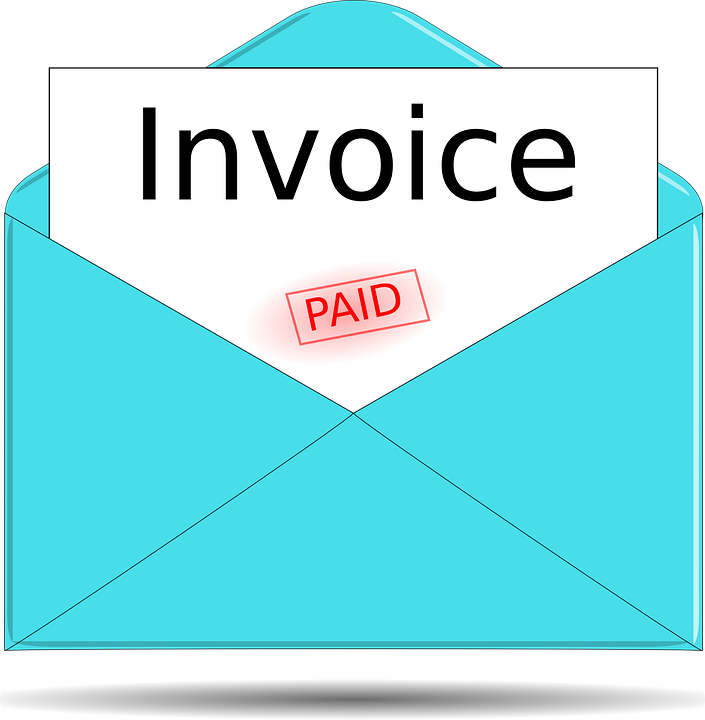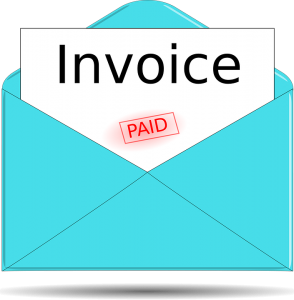
What are Batch Invoices? And How Do I Print Them?
 You can often measure the success of a small business by determining how many customers it has. Regardless of niche or industry, customers translates into sales, and sales translates into revenue. But if you have a substantial amount of customers, you may also find yourself printing dozens or even hundreds of invoices.
You can often measure the success of a small business by determining how many customers it has. Regardless of niche or industry, customers translates into sales, and sales translates into revenue. But if you have a substantial amount of customers, you may also find yourself printing dozens or even hundreds of invoices.
Granted, not all businesses use invoices. Retain stores, for instance, typically collect payment for a product at the same time when it’s sold to a customer. Therefore, there’s really no need for invoices. Business-to-business (B2B) companies, on the other hand, often use invoices to collect payment after a product or service has been sold. The customer is sold the product or service, after which he receives an invoice for payment.
Assuming you only have a few customers to whom you invoice, you can probably print them separately without it affecting your productivity. If you need to print dozens or hundreds of invoices, however, you should consider printing them all at once. Thankfully, this is a feature found in Quickbooks. Known as “batch invoices,” it allows business owners and accountants to print two or more invoices simultaneously. While you can always opt to print your invoices individually, batch invoices can save you a substantial amount of time and work.
To use batch invoices, log in to your Quickbooks account and click Transactions > Sales > Invoices. Next, choose ” All Statuses” for the status field and “To be printed” for the delivery field. You can then select the dates for the invoices you want to print as well as the customer. When you are finished, click “Apply,” followed by “Batch” and “Print Transactions.” Quickbooks will then load your invoices in PDF format, at which point you can click the “Print” icon to being printing. Congratulations, you’ve just printed batch invoices in Quickbooks! The next time you need to print multiple invoices, repeat these steps with the appropriate customer or customers.
Of course, you should closely monitor which customers have paid their invoices and which ones haven’t. One of the hurdles of using invoices is the potential for nonpayment. Until a customer has paid, the invoice should be placed into accounts receivables. This means you are waiting to receive payment for the invoice. After the customer has paid, however, you can move that invoice out of accounts receivables.
Have anything else you’d like to add? Let us know in the comments section below!
